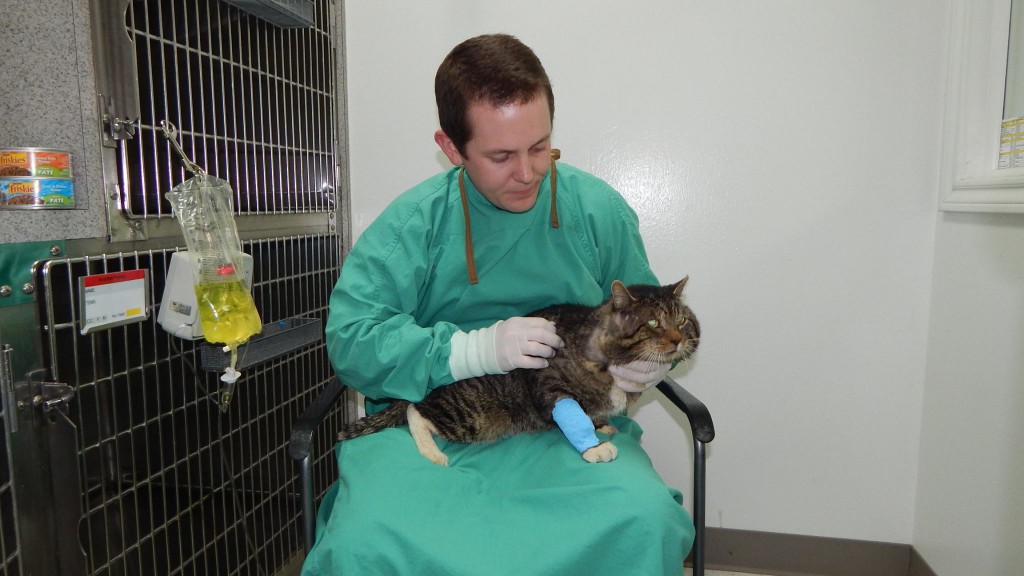Each year, about 400 to 500 cases of rabies are reported in domestic pets like cats, dogs, and ferrets. Rabies isn’t particularly common in dogs or other animals in the United States, because it is 100% preventable with vaccination. Continue reading How to Spot Rabies In Your Pets
Tag: Rabies
World Rabies Day: The Importance of the Rabies Vaccine for Dogs and Cats
Continue reading World Rabies Day: The Importance of the Rabies Vaccine for Dogs and Cats
Canine Rabies: Symptoms, Causes, Diagnosis and Treatment
Continue reading Canine Rabies: Symptoms, Causes, Diagnosis and Treatment
Feline Rabies Treatment and Management
 Feline Rabies is an inflammatory infection that specifically affects the gray matter of the cat’s brain and its central nervous system (CNS). The primary way the rabies virus is transmitted to cats in the United States is through a bite from a disease carrier: foxes, raccoons, skunks, and bats. Infectious virus particles are retained in a rabid animal’s salivary glands to better disseminate the virus through their saliva.
Feline Rabies is an inflammatory infection that specifically affects the gray matter of the cat’s brain and its central nervous system (CNS). The primary way the rabies virus is transmitted to cats in the United States is through a bite from a disease carrier: foxes, raccoons, skunks, and bats. Infectious virus particles are retained in a rabid animal’s salivary glands to better disseminate the virus through their saliva.
Once the virus enters the cat’s body, it replicates in the cells of the muscles and then spreads to the closest nerve fibers, including all peripheral, sensory and motor nerves, traveling from there to the CNS via fluid within the nerves. The virus can take up to a month to develop, but once the symptoms have begun, the virus progresses rapidly.
Feline Rabies: Symptoms, Causes, Diagnosis and Treatment
Continue reading Feline Rabies: Symptoms, Causes, Diagnosis and Treatment



















